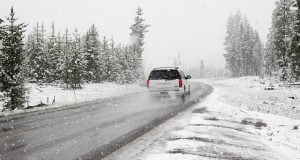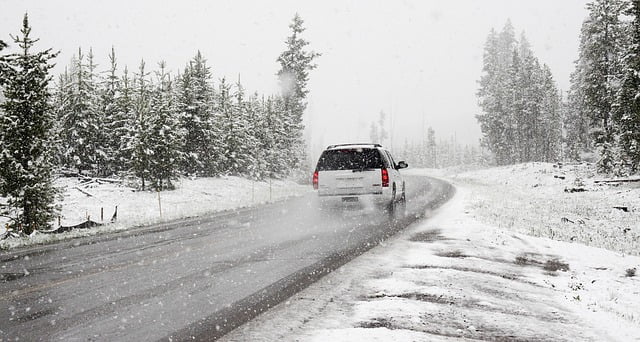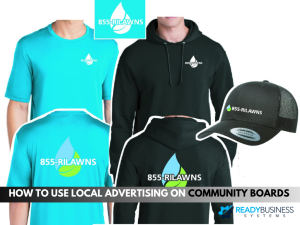
Since we’re in the middle of winter, we thought it would be a good idea to give you some tips for winter weather driving for your fleet. One of that you can do is to have them use a Bouncie GPS. But that’s just the start. Here are 5 tips that you can use to help your drivers be safe.
Avoid Driving During Storms even with a Bouncie GPS
If you can, don’t drive when there’s winter weather. If you can’t avoid it, be sure that you’re slowing down, particularly on the roads that are snow-covered. Decelerate and accelerate carefully, so that you can avoid sliding and slipping. Don’t be in a rush. Plan the route and check the road closures and conditions before starting out.
Create an Emergency Kit for Winter Weather
One thing about the winter is that you never know when things can change for the worse. You want to keep emergency items and necessities inside your vehicle all the time during winter. Some of the things that you want to keep in the kit are things like:
- Bouncie GPS (or another GPS)
- Extra clothing – coat, mittens, hat
- First-aid kit
- Flares & reflectors so you can signal to get help
- Jumper cables
- Scraper for ice
- Tire chains
Replace Your Tires
You want to inspect tires thoroughly at least one time per month. As the temperatures go down, checking the pressure in the tires is very important because your pressure will decrease. During the winter, you’re much more likely to need to put more air in the tires a lot more often when compared with warmer months. You should check the pressure in your tires after your vehicle’s been outside in cold weather during the night. If you want to replace your vehicle’s tires, have them installed 4 at a time, and don’t mix tires that have different sizes or treads. Otherwise, you may have an unstable vehicle.
Remove all Snow & Ice From Your Bouncie GPS Vehicle
You need to take some time and slowly heat up the vehicle before you try to drive it. Turn it on and defrost its windshield slowly. You want to allow at least 5 minutes for it to start warming up. You also want to make sure that all of the snow and ice are removed from it before you drive it.
When ice and snow fly off the vehicle while you’re driving, it can lead to hazards to the other drivers. Use your brush and ice scraper for clearing your vehicle off. When you’re clearing the vehicle, check its tailpipe as well. be sure that it’s cleared too. When you leave it there, it can lead to poisoning from carbon monoxide.
A Bouncie GPS can Help with Winter Emergencies
Your Bouncie GPS can help when you have an emergency in the winter, but it’s only the start. If you need some help during the winter or you’re stalled, you shouldn’t panic. Remain with the vehicle and turn on your hazards. If possible, don’t leave the vehicle running for a long time in an area that’s enclosed or with your windows shut.
The Bouncie GPS can help your dispatcher know where you are, however, if it’s not working you want to call your local police or 911.
We hope that you have found this to be helpful for keeping your fleet drivers safe. If you want to know more about the Bouncie GPS, check out our review of it here.



